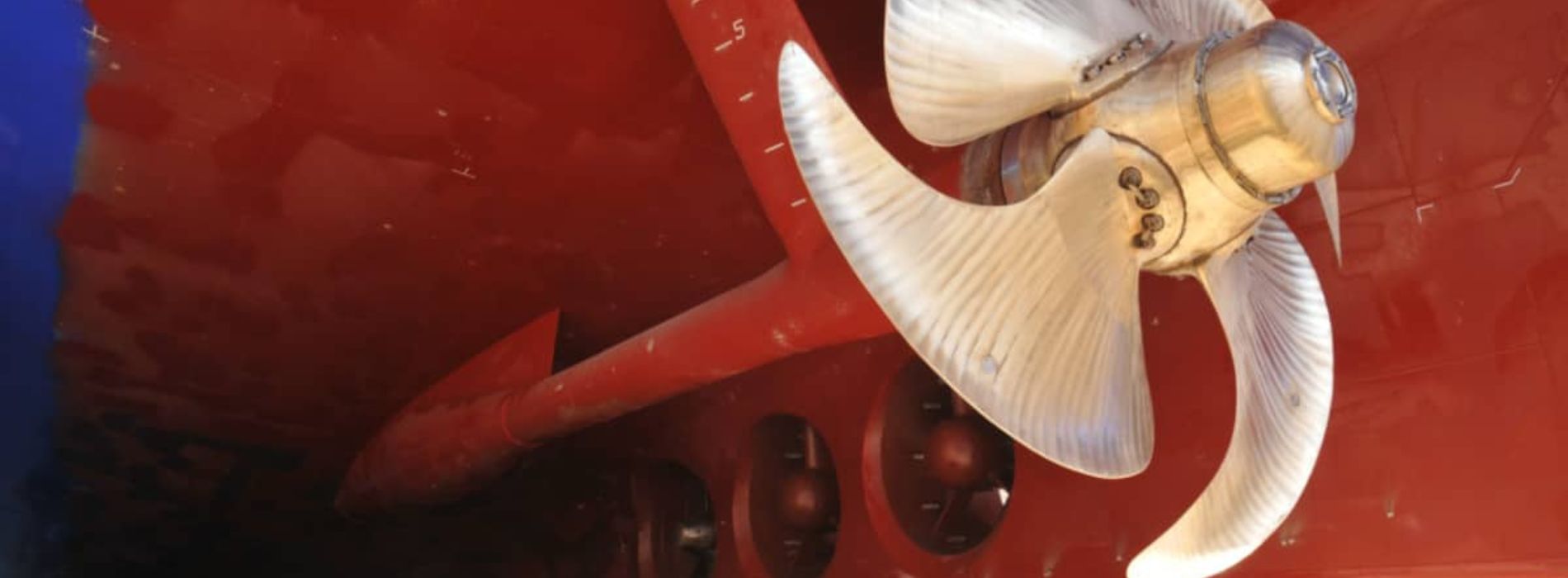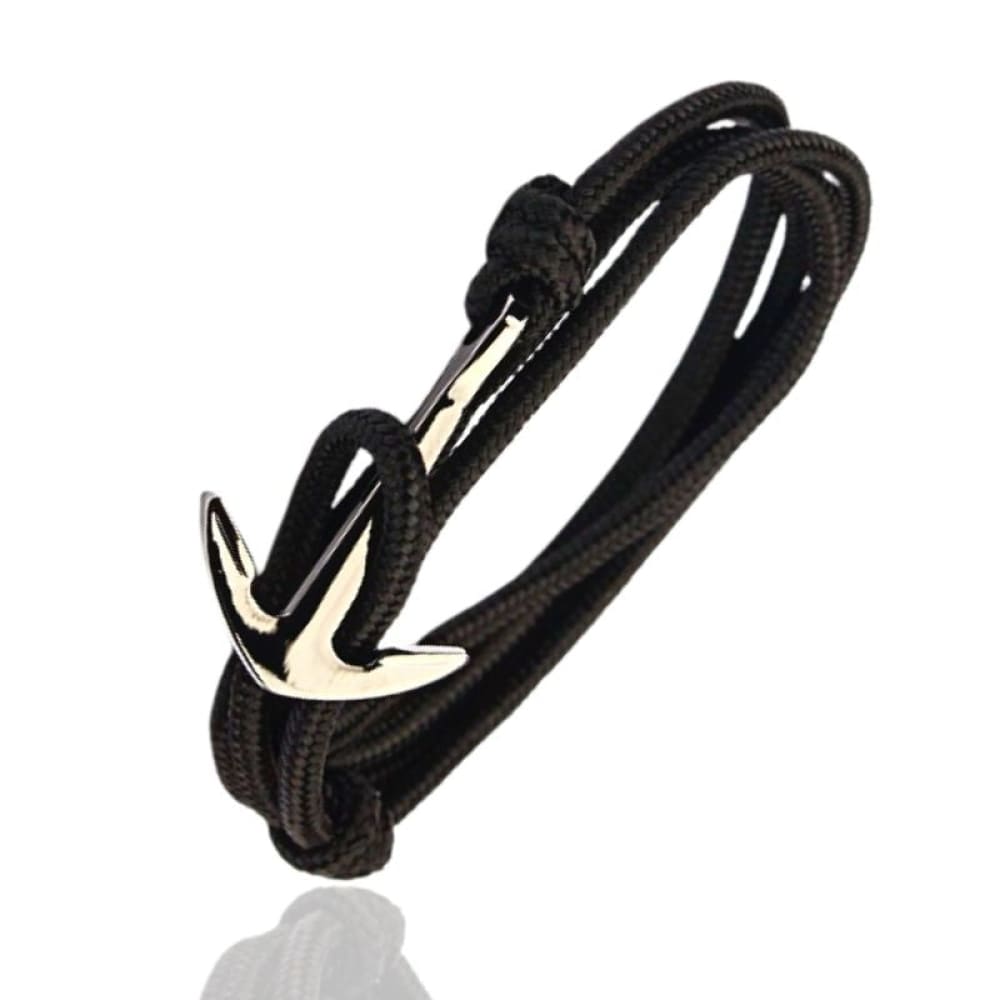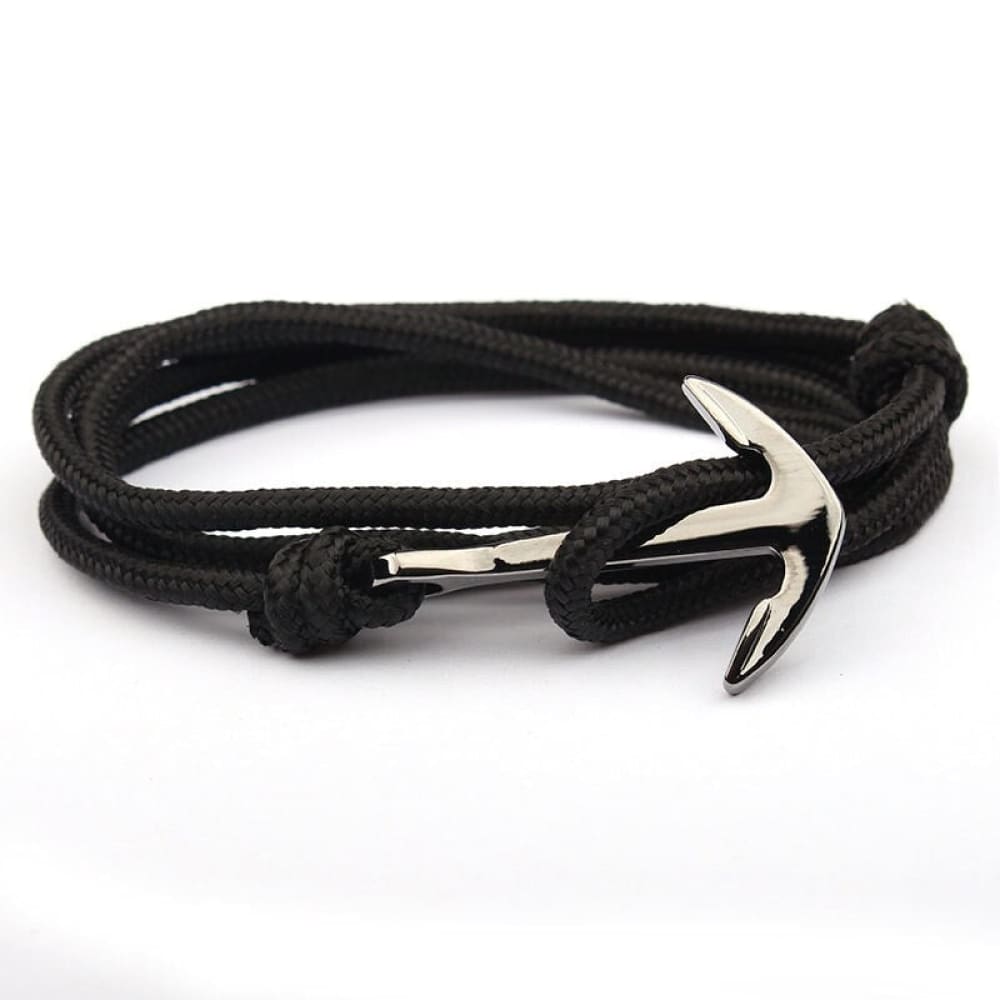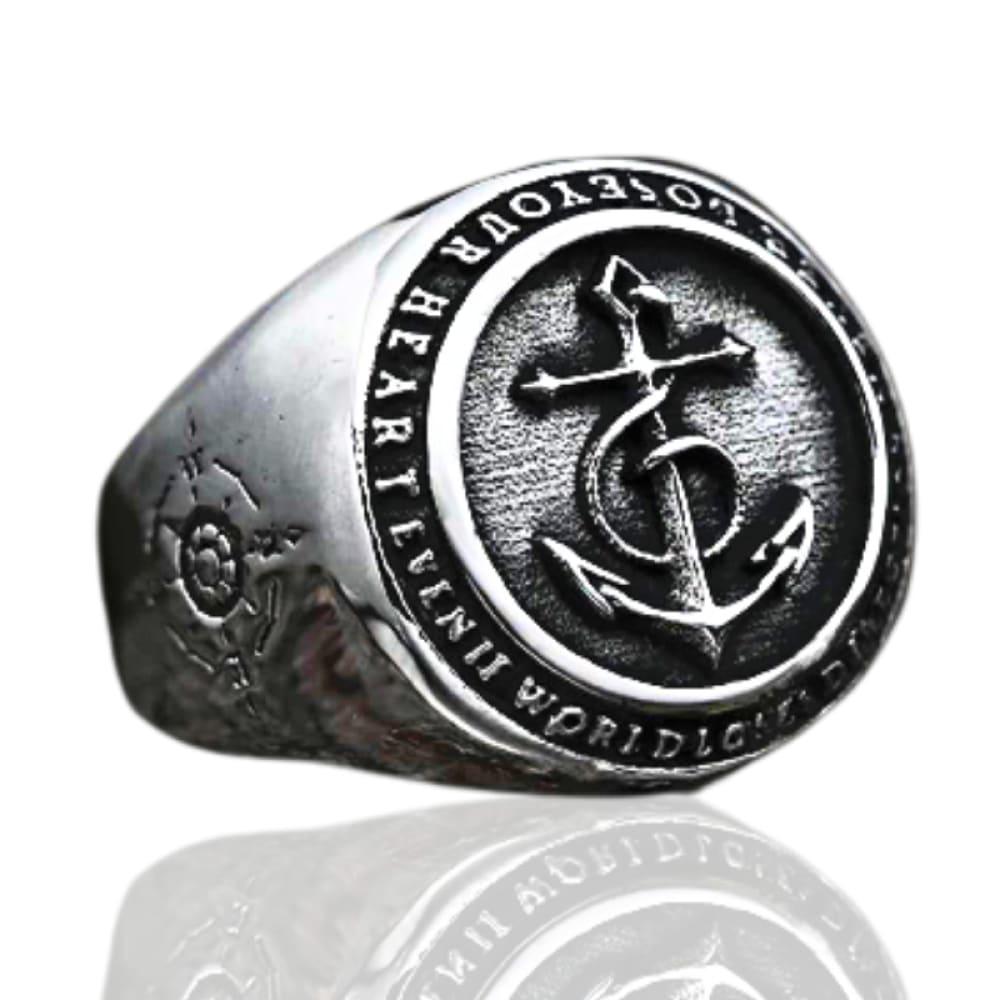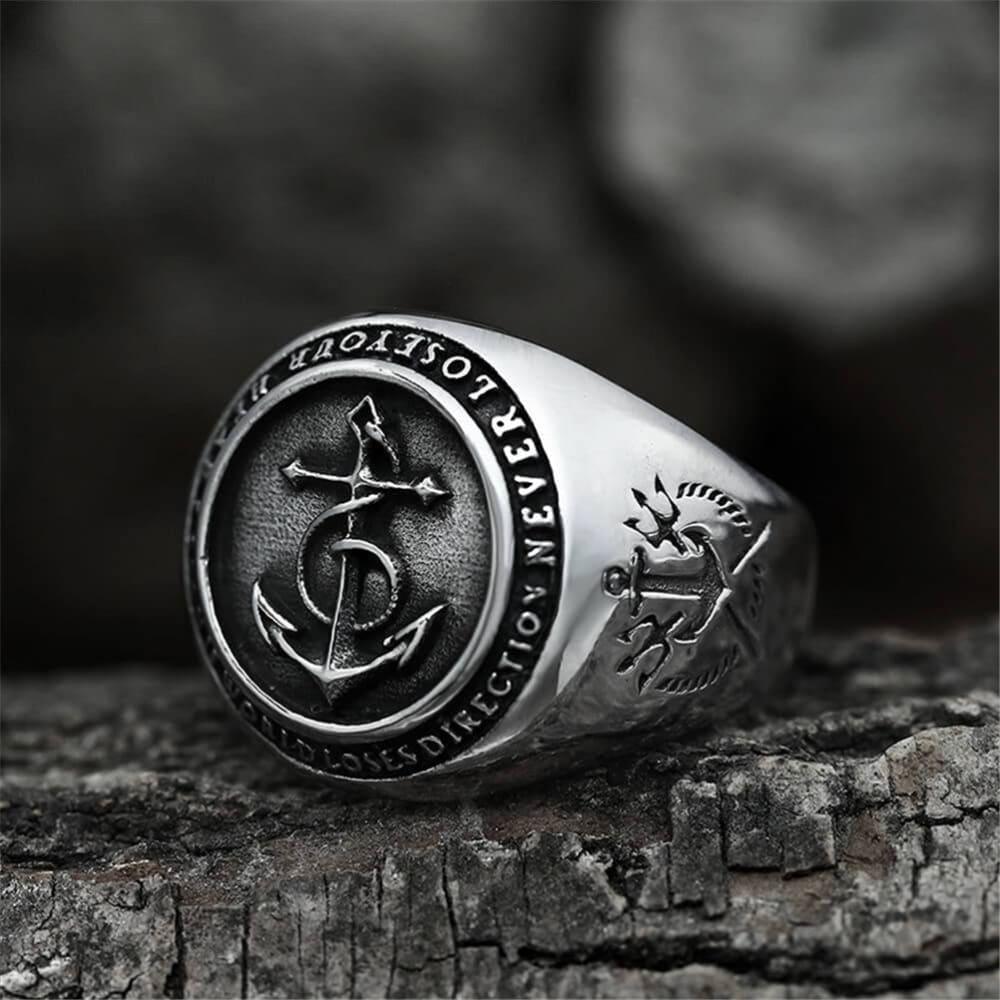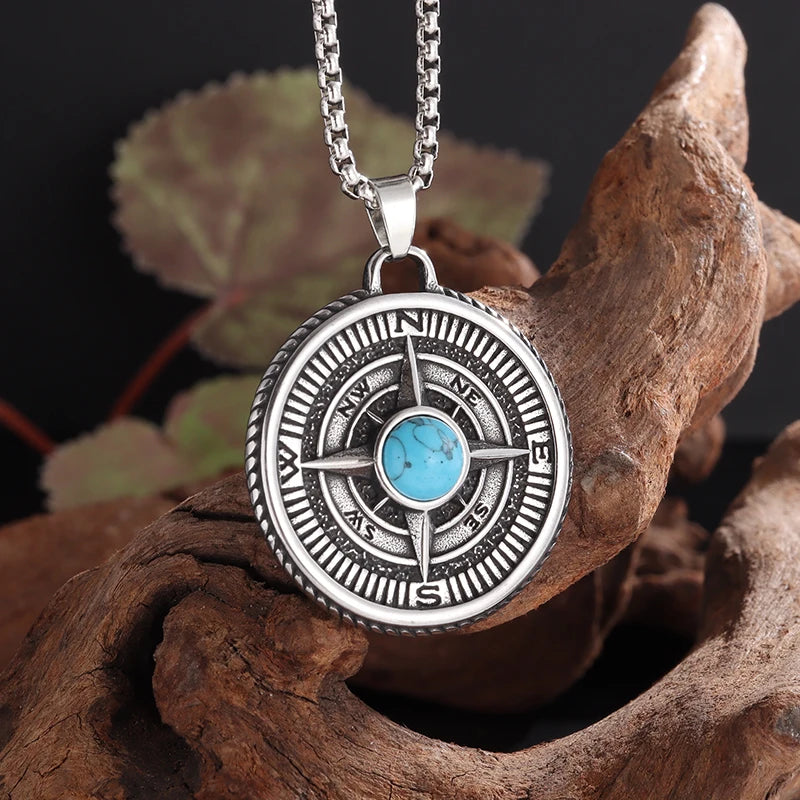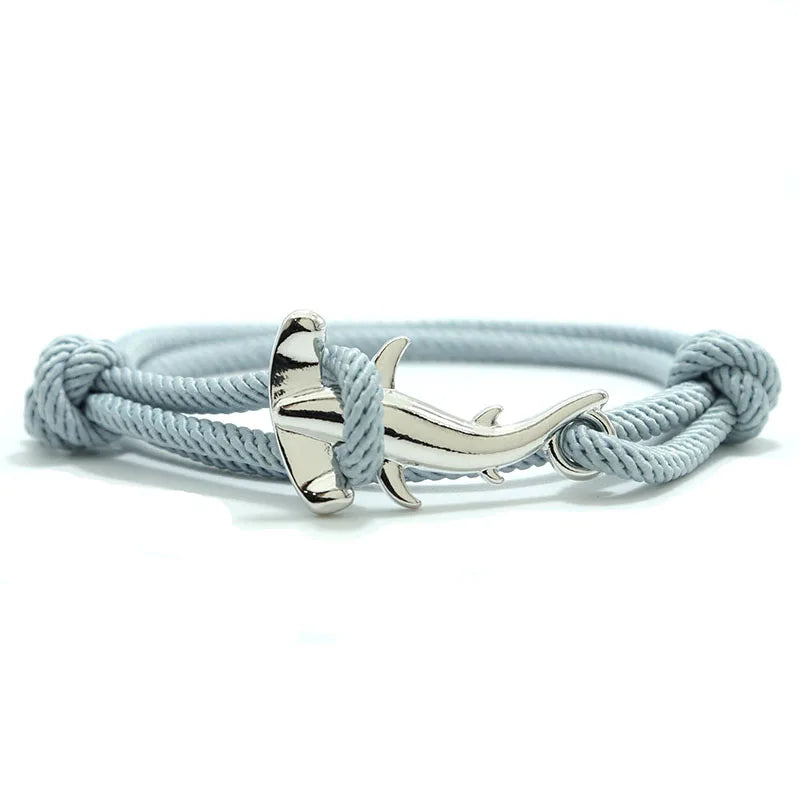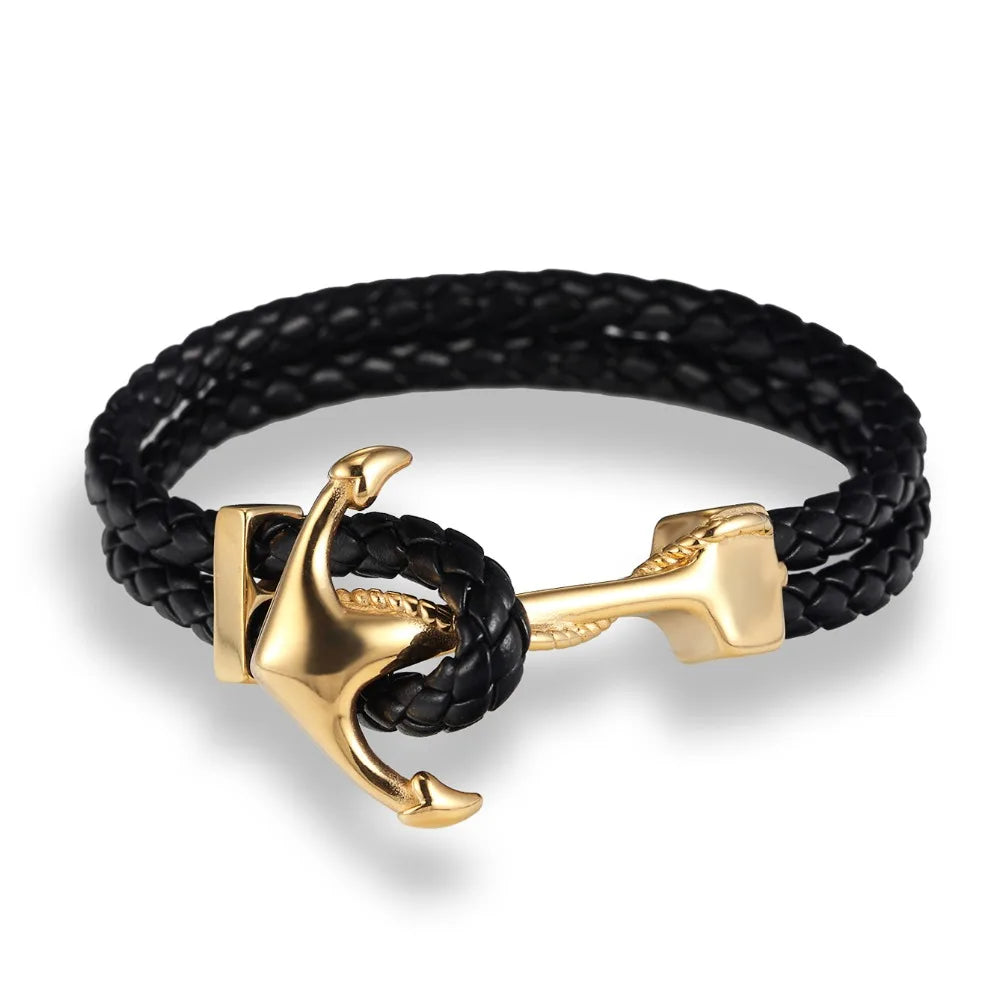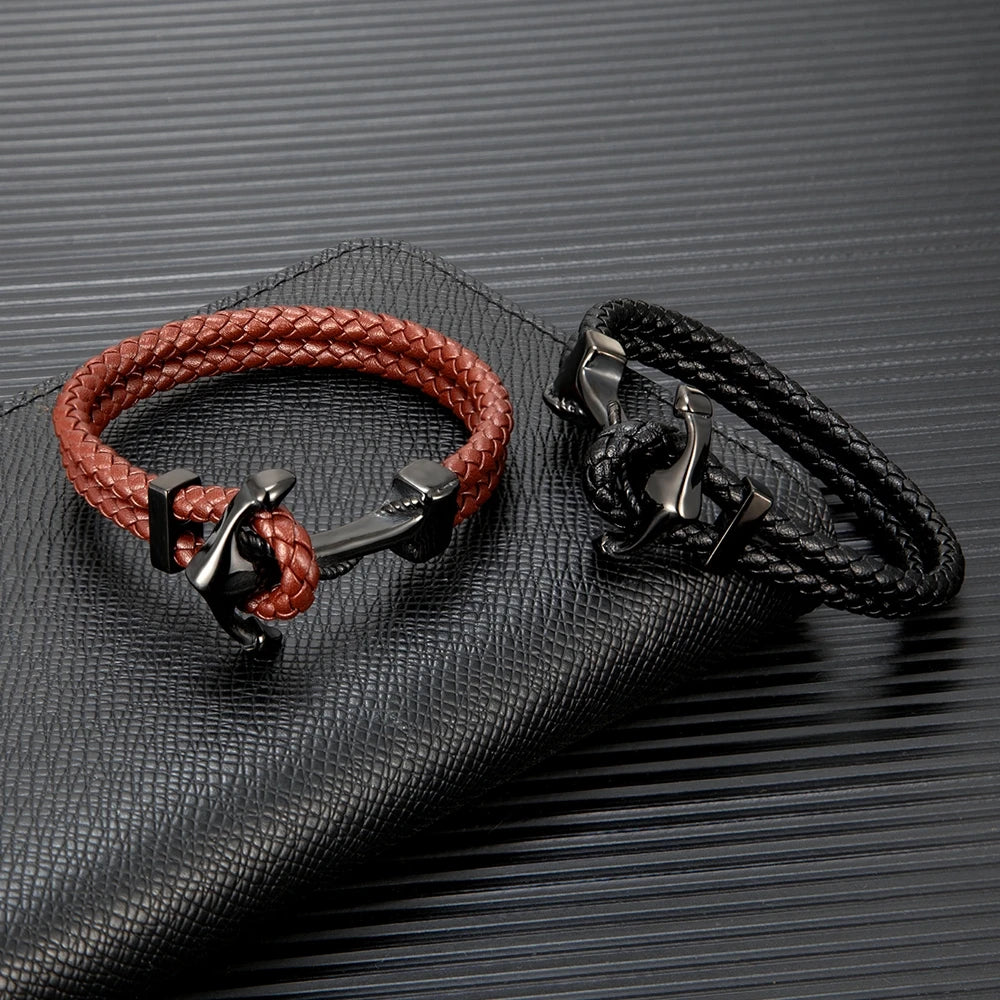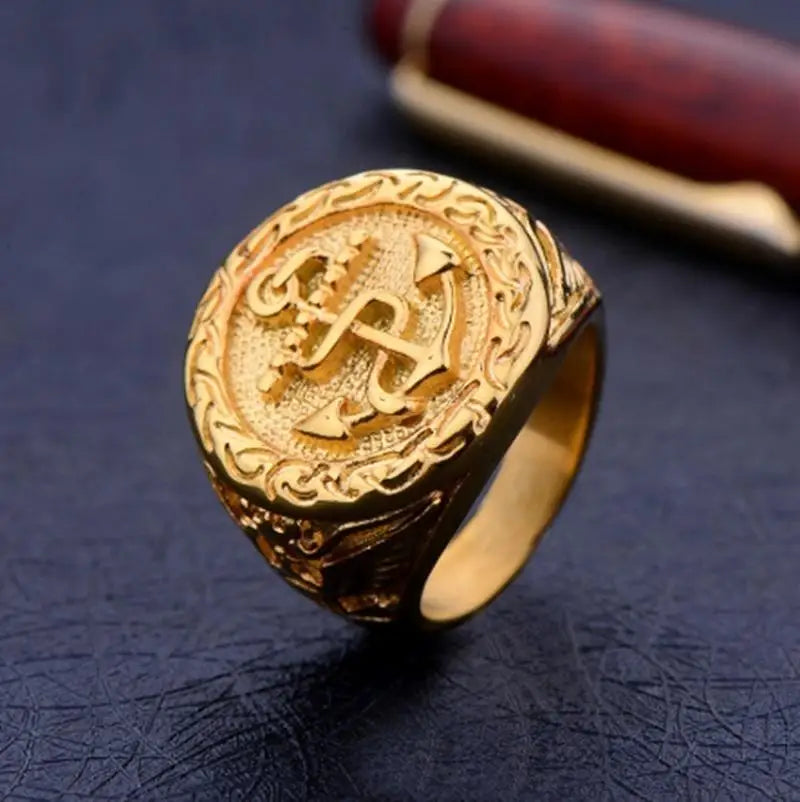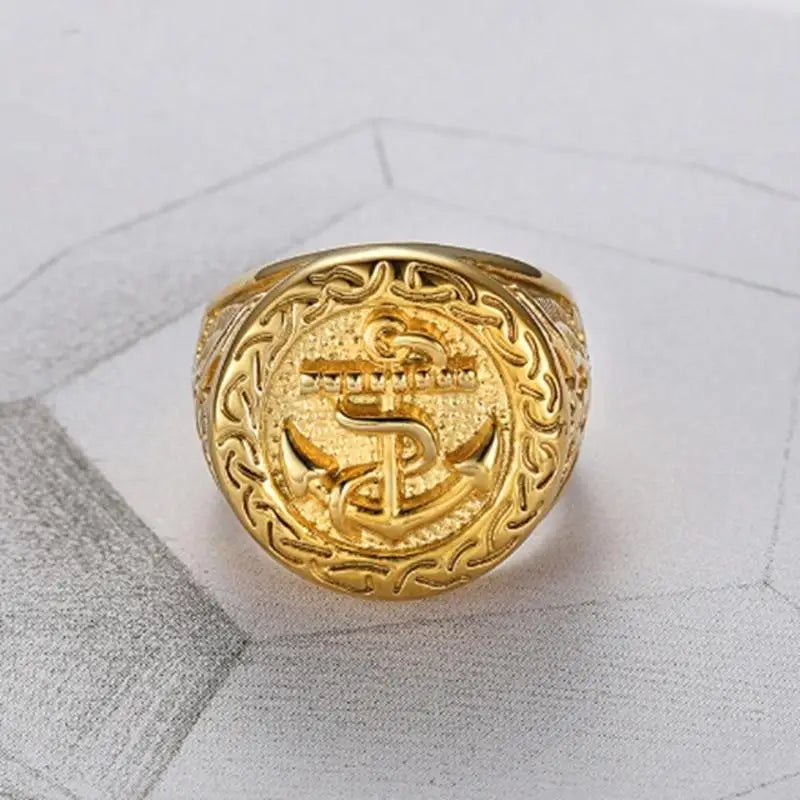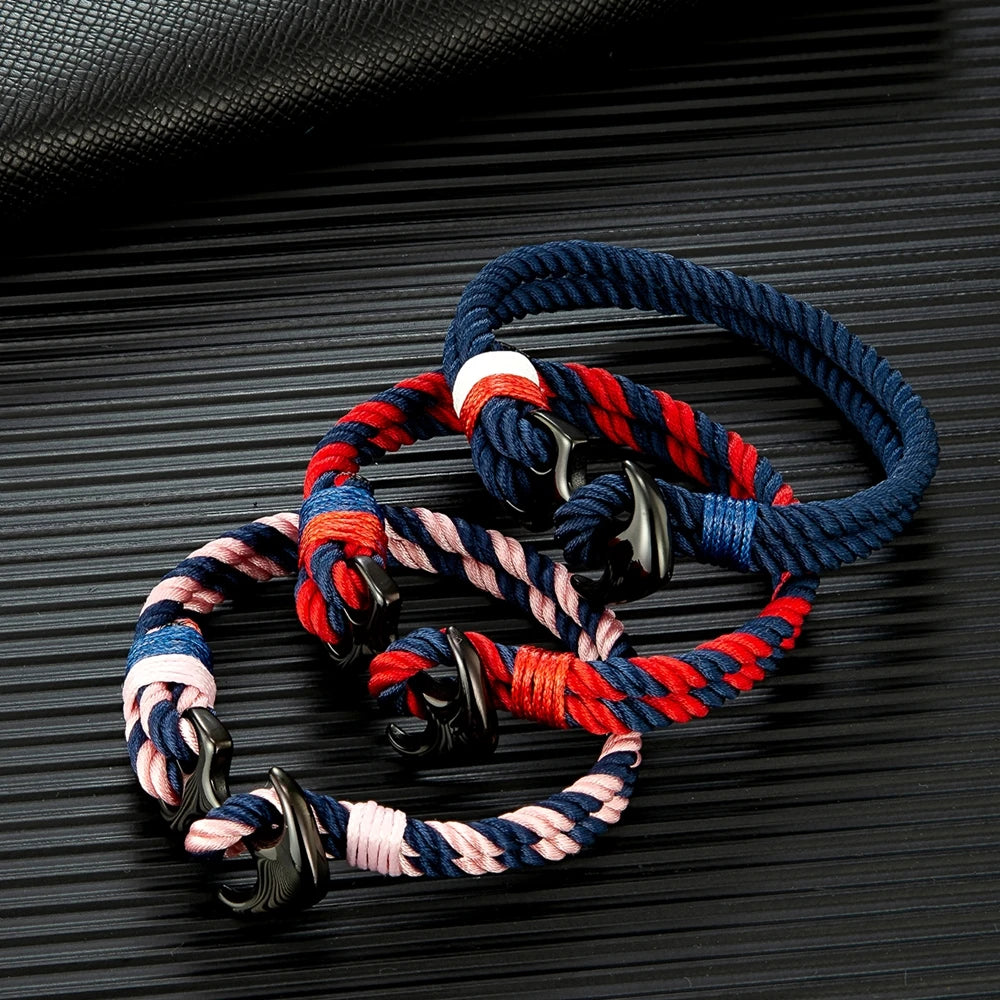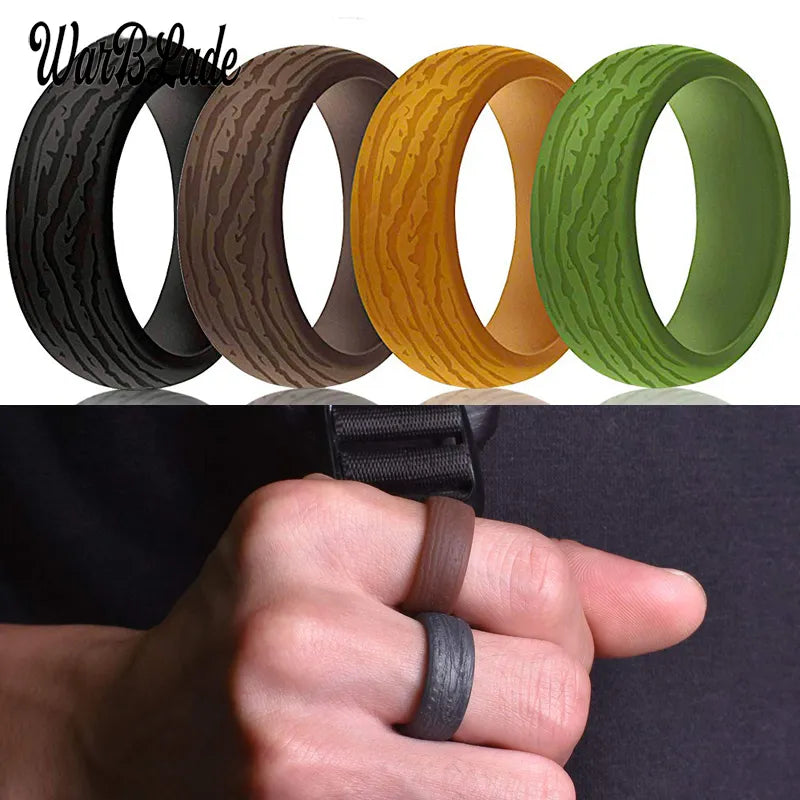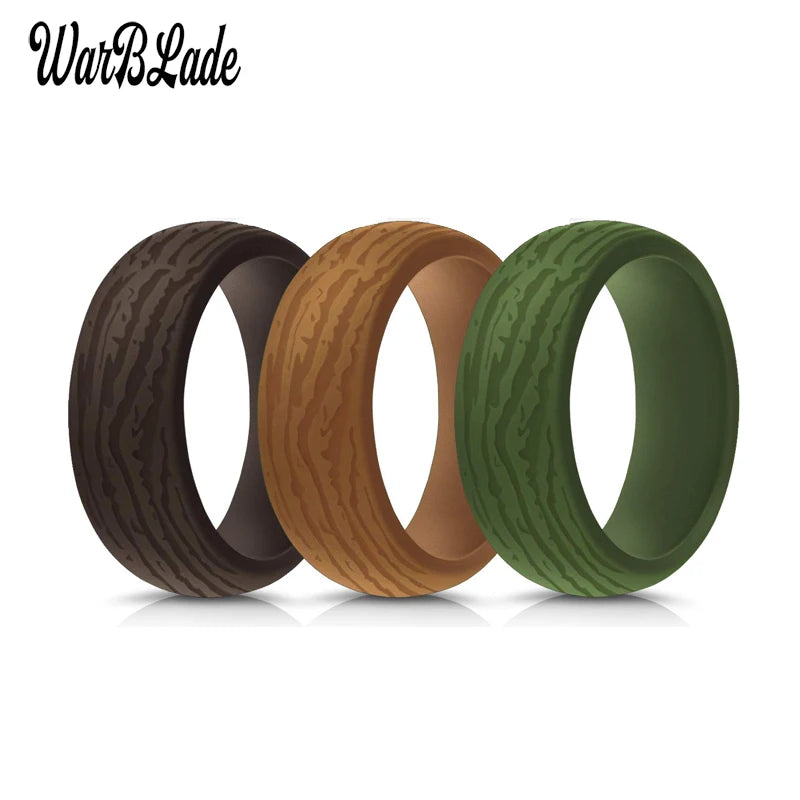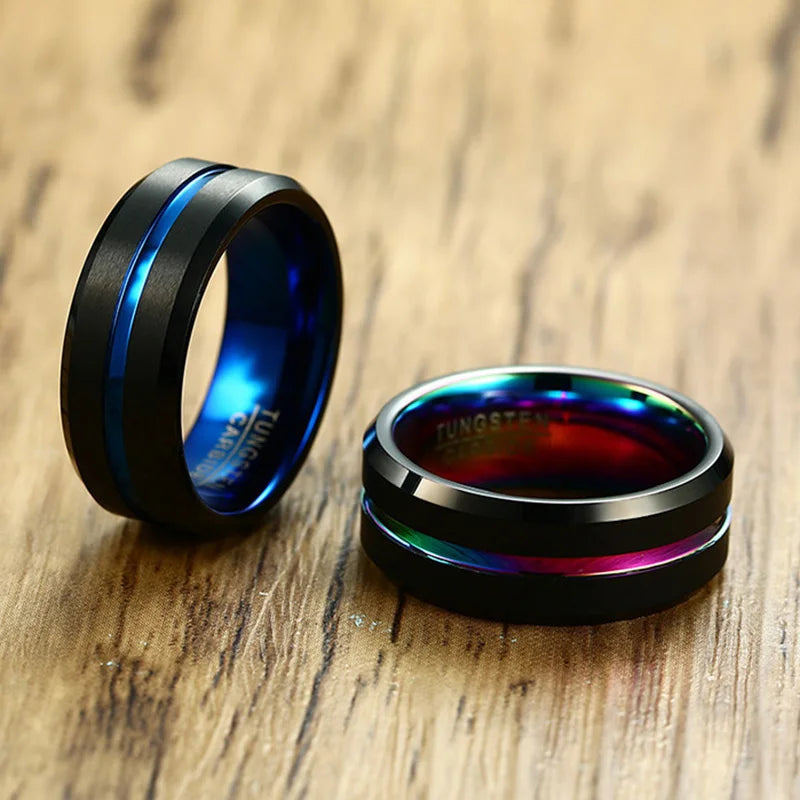How big is a cruise ship propeller?
How big is a cruise ship propeller?
The Function of a Cruise Ship Propeller
A cruise ship propeller plays a vital role in the propulsion system of the vessel. It is responsible for converting the power generated by the ship's engines into thrust, which is used to propel the ship forward. The propeller blades are designed to create a flow of water that produces force, resulting in the movement of the ship through the water. These propellers are typically made of high-strength materials such as bronze or stainless steel to withstand the harsh conditions of the marine environment.
The size of a cruise ship propeller is determined by various factors, including the size and weight of the ship, its intended speed, and the power output of the engines. Generally, the larger the ship, the larger the propeller needed to provide the necessary thrust. Cruise ships can have propellers ranging from several feet to over 20 feet in diameter. These massive propellers can weigh several tons and are capable of generating immense power to propel the ship through the water.
The Impact of Propeller Size on Ship Performance
The size of a cruise ship propeller has a significant impact on the ship's performance. Larger propellers are more efficient at converting engine power into thrust, allowing the ship to achieve higher speeds and navigate through the water more smoothly. Additionally, larger propellers provide better maneuverability, enabling the ship to make tight turns and navigate in narrow waterways with ease. On the other hand, smaller propellers may be more suitable for ships that require lower speeds or operate in areas with shallow waters, where larger propellers may not be practical.
Furthermore, the design and shape of the propeller blades also play a crucial role in the efficiency and performance of the propeller. Propellers with optimized blade shapes can reduce drag and turbulence, resulting in higher efficiency and reduced fuel consumption. These design considerations, along with propeller size, are carefully calculated and optimized during the ship's design process to ensure optimal performance and fuel efficiency.
In conclusion, the size of a cruise ship propeller depends on various factors, including the size and weight of the ship, its intended speed, and the power output of the engines. Larger propellers are generally preferred for larger ships to provide sufficient thrust and maneuverability. Proper design and shape of the propeller blades also contribute to the overall performance and efficiency of the propeller system.
The Importance of Propeller Maintenance
Maintaining the cruise ship's propeller is essential for ensuring optimal performance and avoiding potential issues. Regular inspection and maintenance of the propeller blades are necessary to prevent damage, erosion, and fouling. Even small deformations or damage to the propeller blades can significantly impact the ship's performance, leading to increased fuel consumption, reduced speed, and vibrations.
Fouling, the accumulation of marine growth on the propeller blades, is a common issue that affects propeller performance. Barnacles, seaweed, and other marine organisms can increase drag and disrupt the flow of water, reducing the efficiency of the propeller. Regular cleaning and antifouling treatments are necessary to remove these deposits and ensure smooth operation.
Propeller repair and maintenance are typically conducted during dry-docking, where the ship is taken out of the water for inspection and repairs. Specialized tools and techniques are used to repair any damage, polish the propeller blades, and remove any fouling or corrosion. Propeller balancing is also crucial to avoid excessive vibrations, as imbalanced propellers can cause damage to the propulsion system and compromise the safety of the ship.
The Role of Technology in Propeller Design
Advancements in technology have revolutionized propeller design, leading to more efficient and environmentally friendly propulsion systems. Modern cruise ship propellers are often equipped with innovative features such as adjustable pitch blades, which allow for optimized performance at different speeds and operating conditions. These pitch-adjustable propellers can significantly improve fuel efficiency and reduce emissions.
Furthermore, the use of computational fluid dynamics (CFD) and advanced simulation tools has enabled engineers to design propellers with improved hydrodynamic efficiency. These tools allow for the detailed analysis and optimization of propeller blade shapes, ensuring maximum thrust with minimal resistance. Additionally, the integration of sensors and monitoring systems in the propeller can provide real-time data on its performance, allowing for proactive maintenance and early detection of potential issues.
Overall, propeller maintenance and design are crucial for the performance and efficiency of cruise ships. With proper maintenance and the utilization of advanced technologies, cruise ship propellers can continue to propel these majestic vessels through the seas, providing unforgettable experiences for sea lovers around the world.
The Environmental Impact of Cruise Ship Propellers
While cruise ship propellers play a vital role in the operation and navigation of these massive vessels, they also have an environmental impact. Cruise ships consume a substantial amount of fuel, and the emissions produced by their engines can contribute to air and water pollution. Propellers directly influence fuel consumption, emissions, and underwater noise levels, making them an important aspect of environmental considerations in the maritime industry.
Efforts are being made to reduce the environmental impact of cruise ship propellers. Advanced propulsion systems, such as hybrid or electric propulsion, are being developed to minimize fuel consumption and emissions. Additionally, research is being conducted to optimize propeller design for enhanced efficiency, reducing the energy required to propel the ship through the water.
Reducing Underwater Noise
Underwater noise pollution from cruise ship propellers can have adverse effects on marine life, particularly on marine mammals that rely on sound for communication and navigation. Noise reduction measures, such as the use of low-noise propellers and hull design modifications, are being implemented to mitigate the impact on marine ecosystems. These initiatives aim to minimize the disturbance caused by cruise ships and protect the underwater environment.
Furthermore, the International Maritime Organization (IMO) has introduced regulations to limit the sulfur content in marine fuel, reducing the emissions from cruise ships. This has prompted the use of cleaner fuels and the adoption of exhaust gas cleaning systems, known as scrubbers, to minimize air pollution.
In conclusion, cruise ship propellers have both functional and environmental implications. While they are crucial for the propulsion of these grand vessels, efforts are being made to reduce their environmental impact through advancements in propulsion systems, propeller design optimization, and noise reduction measures. These initiatives aim to ensure that future generations can continue to enjoy the beauty of the sea while minimizing the ecological footprint of the maritime industry.
The Evolution of Cruise Ship Propellers
Cruise ship propellers have evolved significantly over the years, driven by advancements in technology and engineering. Early cruise ships were equipped with fixed-pitch propellers, which had a limited range of performance and were less efficient compared to modern propellers. However, with the development of variable-pitch and adjustable-pitch propellers, cruise ship operators gained greater control over the vessel's speed and maneuverability.
Additionally, the use of materials such as stainless steel and composite alloys has improved the durability and performance of cruise ship propellers. These materials offer excellent resistance to corrosion and erosion, ensuring a longer lifespan for the propellers and reducing the need for frequent maintenance and repairs.
The Future of Cruise Ship Propellers
As the maritime industry continues to explore more sustainable and efficient solutions, the future of cruise ship propellers looks promising. Propulsion technologies, such as azimuth thrusters and podded propulsion systems, are gaining popularity in the cruise industry. These innovative systems provide increased maneuverability, improved fuel efficiency, and reduced vibrations.
Additionally, the integration of artificial intelligence (AI) and automation in propulsion systems may further enhance the performance and efficiency of cruise ship propellers. AI algorithms can optimize propulsion system operations, adjust propeller pitch, and minimize fuel consumption based on real-time data, weather conditions, and navigation parameters.
The future may also bring advancements in propulsion systems that utilize renewable energy sources, such as wind or solar power, to further reduce the environmental impact of cruise ships. Researchers and engineers are exploring the utilization of alternative fuels and energy storage technologies to power cruise ship propulsion, which may revolutionize the industry and make it even more sustainable in the years to come.
Conclusion
From their size and design to their maintenance and environmental impact, cruise ship propellers are a critical component of these majestic vessels. The size of the propeller is determined by various factors, including the size and weight of the ship, its intended speed, and the power output of the engines. Proper maintenance and design optimization are essential to ensure optimal performance, reduce fuel consumption, and mitigate environmental impacts.
As technology advances, cruise ship propellers are evolving to become more efficient, environmentally friendly, and sustainable. The industry is embracing innovative propulsion systems, materials, and technologies to reduce emissions, minimize noise pollution, and improve overall performance. With these advancements, cruise ships can continue to navigate the seas, allowing passionate sea lovers to embark on unforgettable nautical adventures.

